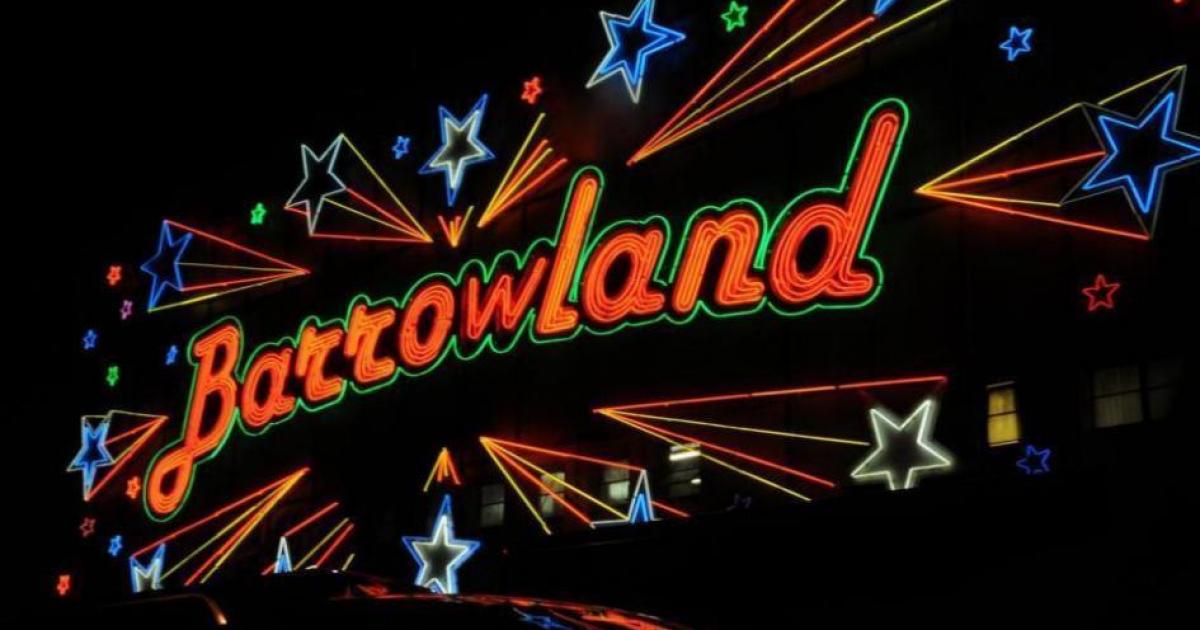The planning application, submitted by site owner Margaret McIver Ltd, was rejected by council planning officials.
Submitted in May this year, the application sought to install a large LED screen to the right of the Barrowlands sign, with further screens on all sides – including the underside – of the entrance canopy.
In their letter, decision-makers said the proposed LED screen and digital signage would “compete with the existing facade display and would not be read as part of the design of the building”.
They added that the changes would also be a risk to public safety because they would be a distraction to drivers.
Bosses came to this conclusion despite the support of the local Calton Community Council, which supported the plan.
The group said the additions would respect the historic character of the building, be safe for passers-by and be useful for promoting local events and spreading community messages.
Proposed plan (Image: SYSCO)
Current entrance (Image: SYSCO)
READ NEXT: New plan revealed for iconic Glasgow Barrowlands signage
Documents emphasised that the changes would “in no way interfere or alter the existing neon lettering and stars, as careful recognition is shown to its significance and identity”.
Instead, the goal was to introduce modern technology and enhance the building for the future.
In 2023, Glasgow Council leader Susan Aitken backed listed status for the Barrowlands sign, saying the city would “welcome formal status for what is unquestionably one of the most recognised symbols of Glasgow”.
The venue dates back to 1934, when entrepreneur Margaret McIver had the hall built after the usual venue for the Barras market Christmas dance was already booked.
The ballroom was destroyed in a fire in 1958, before being rebuilt and reopened in 1960.
The current Barrowlands signage was installed in 1982.
The venue, known for its sprung dancefloor, has hosted some of the biggest music artists in the world, including Oasis, David Bowie, Bob Dylan and Metallica.
